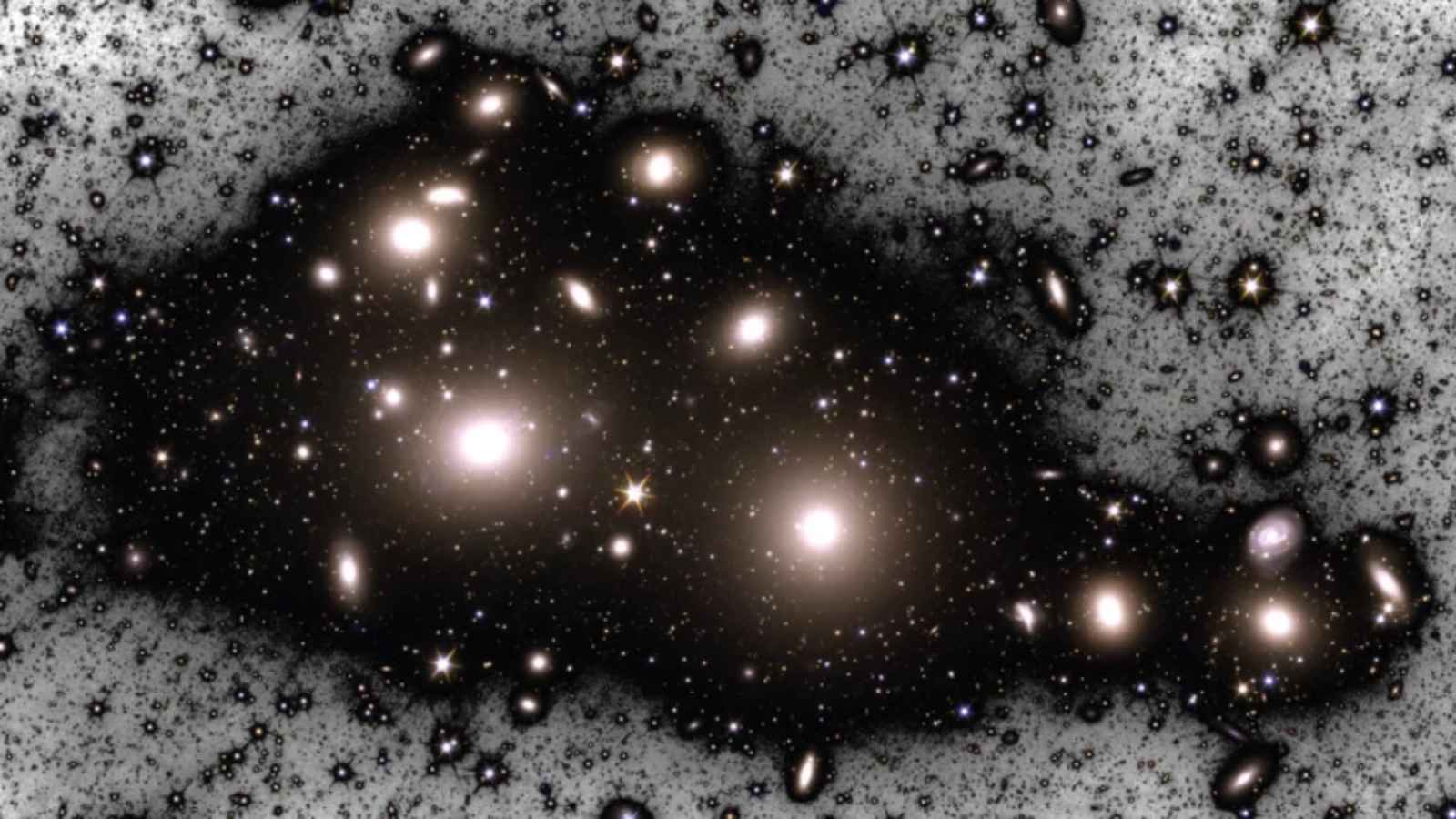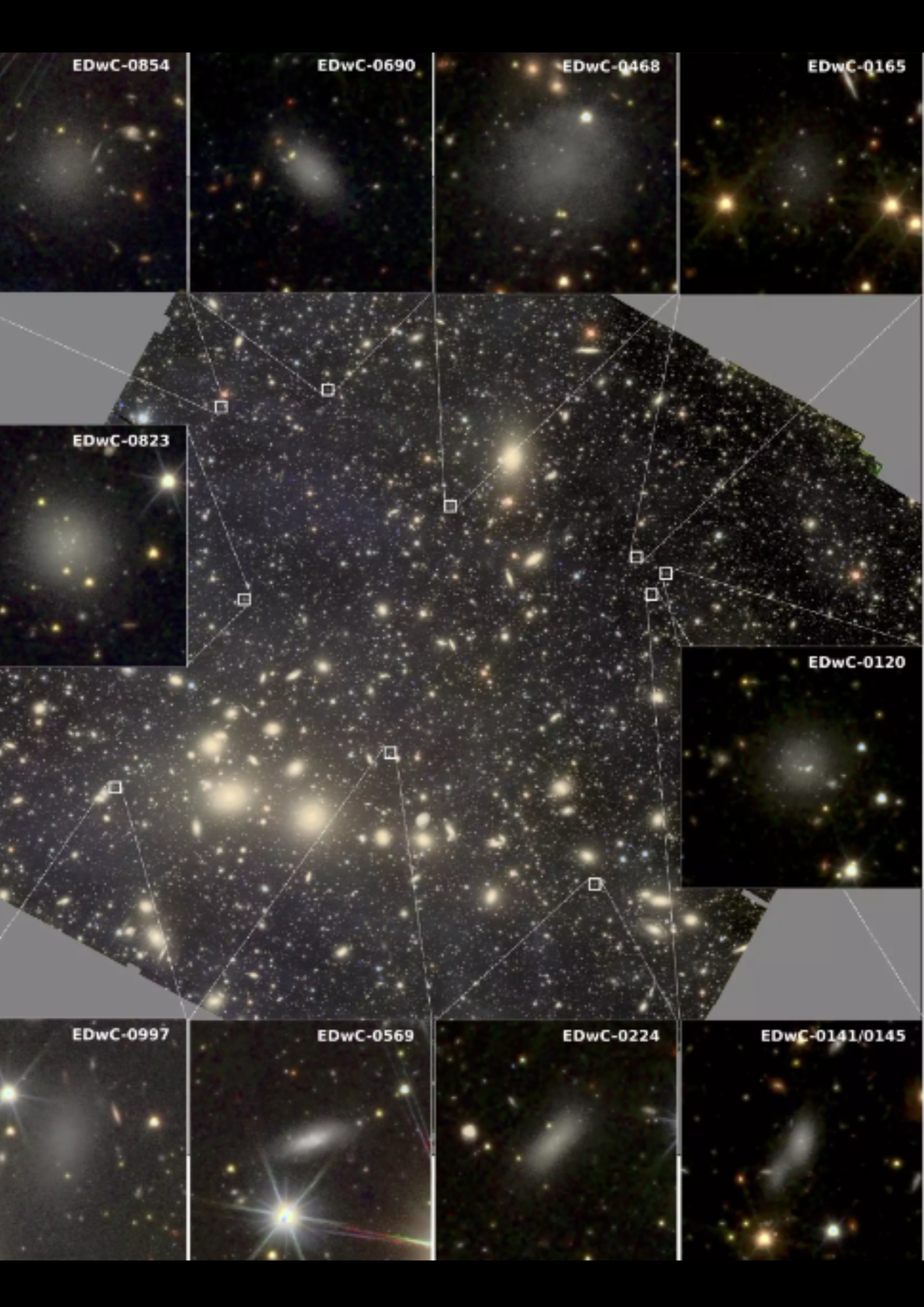Scientists using the Euclid Space Telescope have discovered 1.5 trillion orphan stars that drift in the massive Perseus cluster of thousands of galaxies. This cluster is one of the largest structures in space. Stars detached from their own galaxies create a faint blue light between them. This intracluster light is so dim that it is thousands of times darker than the night sky of the Earth.

By exploring this light, Euclid helps scientists understand its origin and figure out where orphan stars come from. The telescope was launched from Cape Canaveral on a SpaceX Falcon 9 rocket on July 1, 2023. Its main mission is to explore dark energy and dark matter, but it has also discovered light between galaxies in the Perseus cluster.
Nina Hatch, a scientist at the University of Nottingham, noted that the telescope’s ability to distinguish subtle colors of light helped to understand that these stars originated from small galaxies. By studying their characteristics, scientists discovered that some of these orphan stars were pulled from the vicinity of galaxies due to interactions with other galaxies. Others originate from dwarf galaxies that have been destroyed.

The surprise was that the orphan stars did not orbit the largest galaxies of the cluster, as expected, but around the point between the two brightest galaxies NGC 1275 and NGC 1272.
Using Euclid, the researchers also discovered 50,000 densely packed spherical clusters of stars known as globular clusters. The intracluster light is distributed like these clusters, which indicates that they are the source of this light.
Globular clusters dominate dwarf galaxies, therefore, some of the intracluster light may come from the remnants of such galaxies, torn apart during collisions with more massive galaxies. Observations have shown that small dwarf galaxies in the Perseus cluster increase as they move away from its center.
This research contributes to understanding the evolution of galaxies and their clusters, as well as how the universe acquired its modern appearance.
Earlier, we reported on what the first images of the Dark matter hunter telescope looked like.
According to space.com


